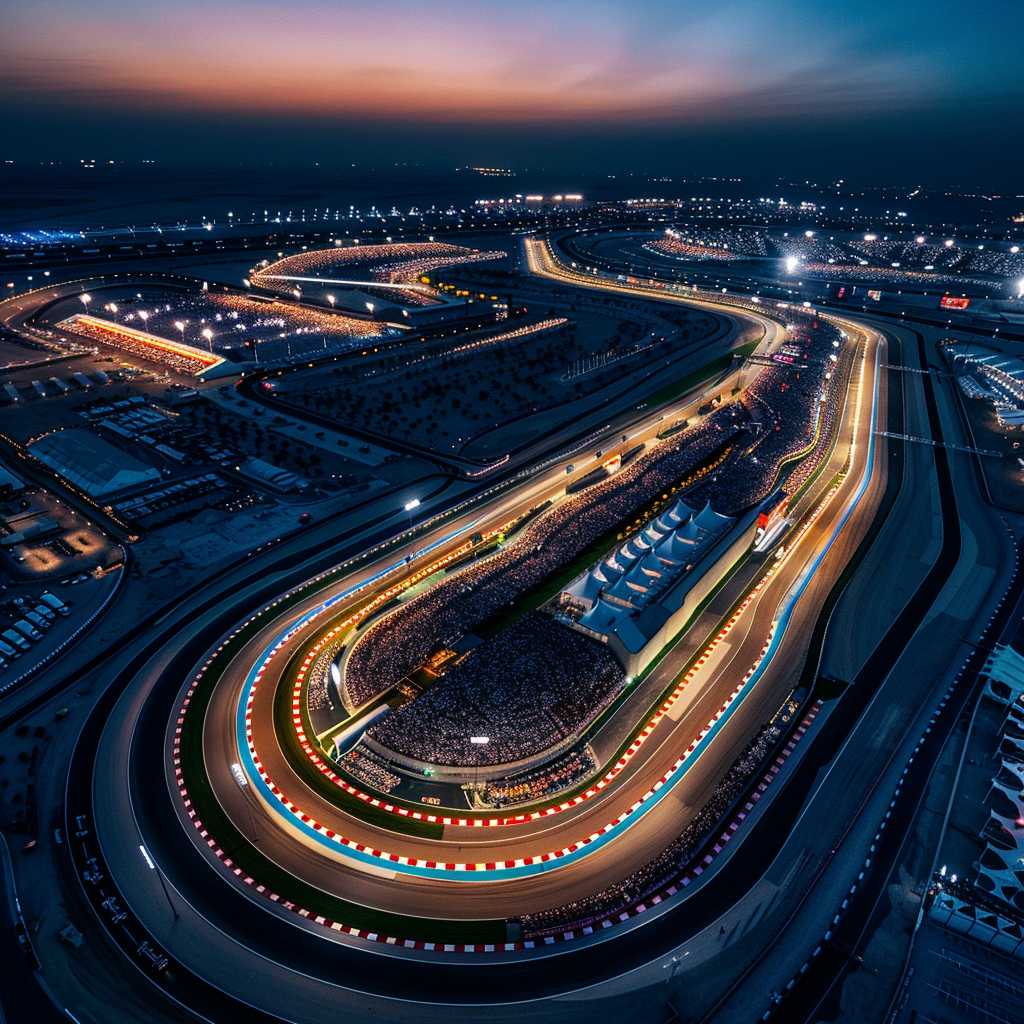F1 Racing in Bahrain: A Melding of Modern Motorsport and Ancient Desert Landscapes
The Formula 1 Gulf Air Bahrain Grand Prix is one of the most exhilarating events on the F1 calendar. Known for its blend of modern technology and traditional Middle Eastern hospitality, the Bahrain Grand Prix offers a unique racing experience in the heart of the Arabian desert.
Origins and Development of Bahrain International Circuit
Since its inception in 2004, the Bahrain International Circuit (BIC) has rapidly ascended as a pinnacle of motor racing in the Middle East. Nestled amid the sands of Sakhir, the circuit marked a significant milestone as the first F1 track in the region, signifying Gulf countries’ investment into becoming dominant players in international sports hosting.
Designed by eminent circuit architect Hermann Tilke, BIC was crafted to include several track configurations, allowing it to accommodate various types of motorsports events outside its annual Formula 1 race. The “Grand Prix Circuit” layout, typically utilized during F1 races, stretches 5.4 kilometers with long straights and tight corners challenging even veteran drivers’ mettle.
Beyond its stated role as a racing venue, the Bahrain International Circuit serves as an all-encompassing leisure destination featuring a karting track, a drag strip, and facilities for corporate and entertainment events — presenting a year-round motor-themed attraction.
Changing Racing Conditions: Night Races and Desert Challenges
Initially held during daylight hours, Bahrain’s Grand Prix switched to a twilight race in 2014 to mark the event’s tenth anniversary. This alteration propelled the race into prime-time viewing slots for key audiences and bestowed upon it the intrigue of racing under floodlights – with cooling temperatures changing track conditions throughout its duration.
Racing in Bahrain offers unique trials due to its desert surroundings. Sand from the surrounding dunes can drift onto the circuit and affect grip levels, with teams adapting pit strategies and vehicle setups to counter these variable conditions throughout race weekend. Moreover, high temperatures can press both car machinery and driver stamina, alike necessitating diligent preparation to ascertain optimal performance.
Technological Innovations and Sustainability Initiatives
In keeping with Formula 1’s penchant for leading-edge technologies, the BIC incorporates advanced facilities and strives to adopt best practices reflecting motorsport’s evolving landscape. For instance, BIC has delved deeply into sustainability measures — exploring solar energy use to fashion a cleaner racing environment and reducing carbon footprint adherent with F1’s targets for environmental responsibility.
The impact of technology extends above beyond infrastructure with teams employing sophisticated systems analysing telemetry data to sharpen strategies, further demonstrating F1’s cutting edge on technological fronts. Fans attending can relish seeing cars embedded with hybrid power units that resonate with automotive industry movements towards electrification and efficiency.
Economic Impact and Regional Influence
The Bahrain Grand Prix carries much weight beyond mere lap times and podium celebrations. F1 races introduce significant economic benefaction through tourism revenues, global media exposure, and job creation within the region.
Moreover, the event aids with increasing investments and fostering interest in motorsports across the Middle East — contributing to emerging talents aiming at global competition standards including sponsorships entwining home-grown businesses with international racing prospects.
The Experience Beyond the Race: Cultural Interactions and Entertainment
Those visiting Bahrain for F1 festivities can anticipate more than nail-biting overtakes on the track. The cultural aspect interlaces with F1 celebratory ambiance as local traditions and cuisines showcase Arabian heritage enmeshed with modern Gulf charisma.
Entertainment often spans beyond Grand Prix days, pulling eager attendees into experiential mosaics built around concerts from renowned musicians, traditional Middle Eastern marketplaces (souks), and art exhibitions that illustrate varied regional artistic bent.
